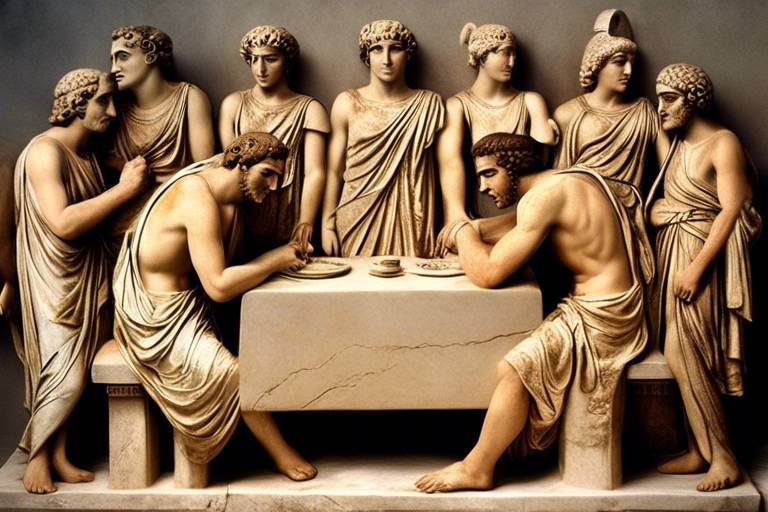The Secrets of the Lost City of Uruk
Deep in the heart of Mesopotamia lies the ancient city of Uruk, shrouded in mystery and steeped in historical significance. As one of the earliest urban centers known to mankind, Uruk stands as a testament to the ingenuity and advancement of early civilizations. Unraveling the secrets of this lost city unveils a tapestry of wonders waiting to be discovered.
Archaeological excavations have unearthed a treasure trove of artifacts, structures, and inscriptions that offer a glimpse into the daily lives, culture, and governance of the people who once thrived in Uruk. These discoveries paint a vivid picture of a bustling city teeming with life and activity, providing valuable insights into the past.
Delving into the city layout and architecture of Uruk reveals a meticulously planned urban landscape adorned with monumental buildings, temples, and defensive structures. The intricate design of the city reflects a sophisticated understanding of urban planning that influenced future civilizations for centuries to come.
At the heart of Uruk stands the majestic Ziggurat of Anu, a towering temple complex dedicated to the sky god Anu. This architectural marvel not only served as a religious center but also as a symbol of spiritual devotion and reverence, casting a divine aura over the city.
Uruk's prominence as a hub for commerce and trade is evident in its economic systems and extensive trade networks that connected the city to distant lands. The development of writing for record-keeping further solidified Uruk's position as a thriving center of commerce and cultural exchange.
Examining the social hierarchy and governance of Uruk unveils the intricate web of social classes, political structures, and early forms of bureaucratic rule that governed the city's populace. The emergence of organized governance systems laid the foundation for societal order and stability.
The enigmatic figure of King Gilgamesh looms large in the annals of Uruk's history, his legendary exploits immortalized in the Epic of Gilgamesh. As a historical king of Uruk, Gilgamesh embodies the essence of heroism and adventure, leaving a lasting legacy that transcends time.
Uruk's artistic and cultural achievements shine brightly, showcasing advancements in art, music, literature, and religious practices that flourished within its walls. The city's creative spirit and cultural vibrancy left an indelible mark on the region, shaping the artistic landscape for generations to come.
Despite its eventual decline as a major urban center, the legacy of Uruk endures through the ages, influencing subsequent civilizations and leaving an indelible mark on the course of history. By unraveling the secrets of this lost city, we gain a deeper understanding of our shared human heritage and the enduring legacy of ancient civilizations.
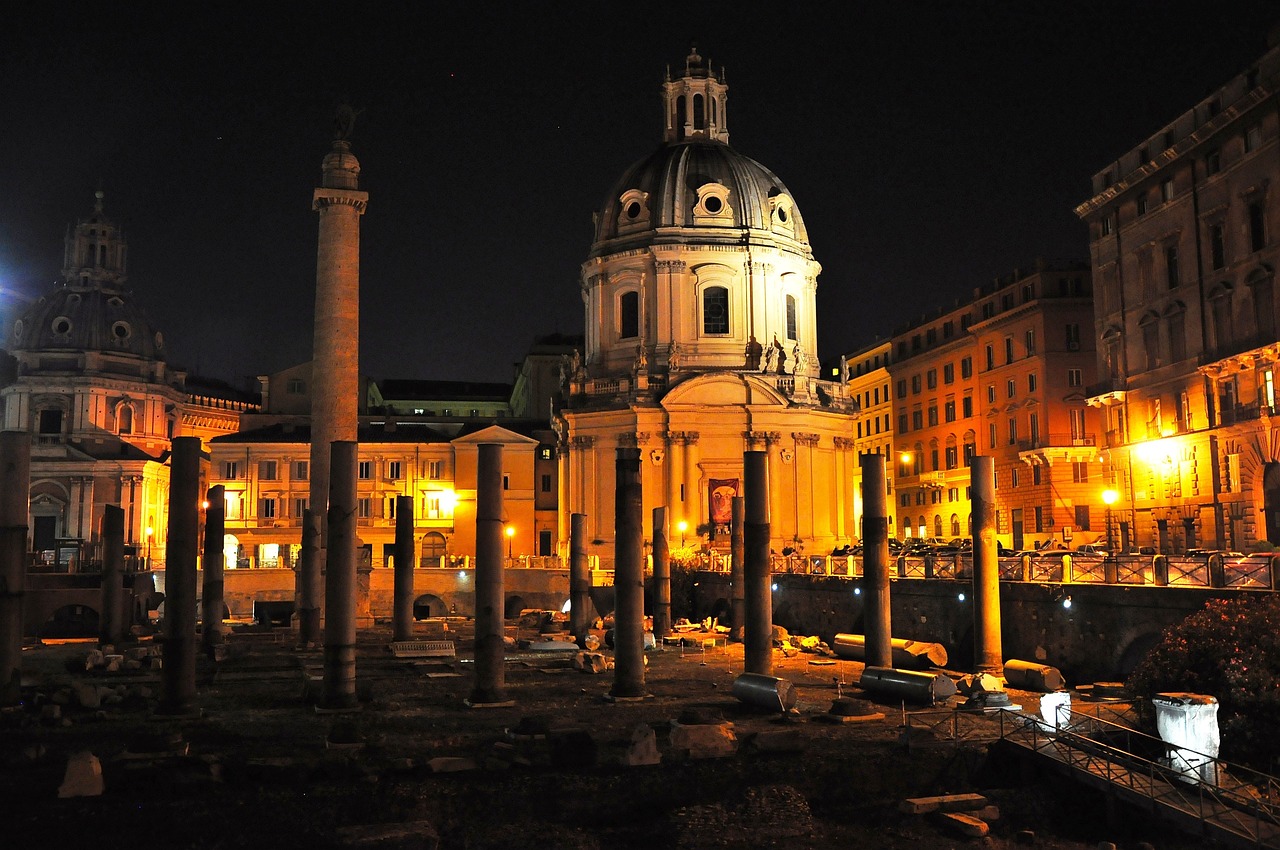
Archaeological Discoveries
Delving into the sands of time, archaeologists have unearthed a treasure trove of artifacts, structures, and inscriptions that offer a glimpse into the daily lives, cultural practices, and governance systems of the ancient inhabitants of Uruk. These discoveries not only provide valuable insights into the past but also fuel our imagination about the vibrant civilization that once thrived in this historic city.
Among the remarkable findings are intricately crafted pottery, tools, and jewelry that showcase the craftsmanship and artistic skills of the Uruk people. The remnants of monumental buildings, such as the imposing city walls and grand temples, speak volumes about the architectural prowess and religious devotion of the ancient residents.
One of the most fascinating discoveries is the discovery of cuneiform inscriptions, the earliest form of writing, which revolutionized communication and record-keeping in Uruk. These clay tablets, etched with intricate symbols, provide valuable information about trade transactions, legal decrees, and religious rituals, offering a window into the economic and social fabric of the city.
Moreover, the excavation of residential areas and public spaces has revealed clues about the social structure and urban planning of Uruk. From the opulent residences of the elite to the bustling marketplaces where goods from distant lands were traded, each discovery paints a vivid picture of a dynamic and thriving community.
The archaeological discoveries in Uruk not only shed light on the past but also spark curiosity and awe, inviting us to unravel the mysteries of this ancient city and appreciate the rich tapestry of human history woven within its ancient walls.
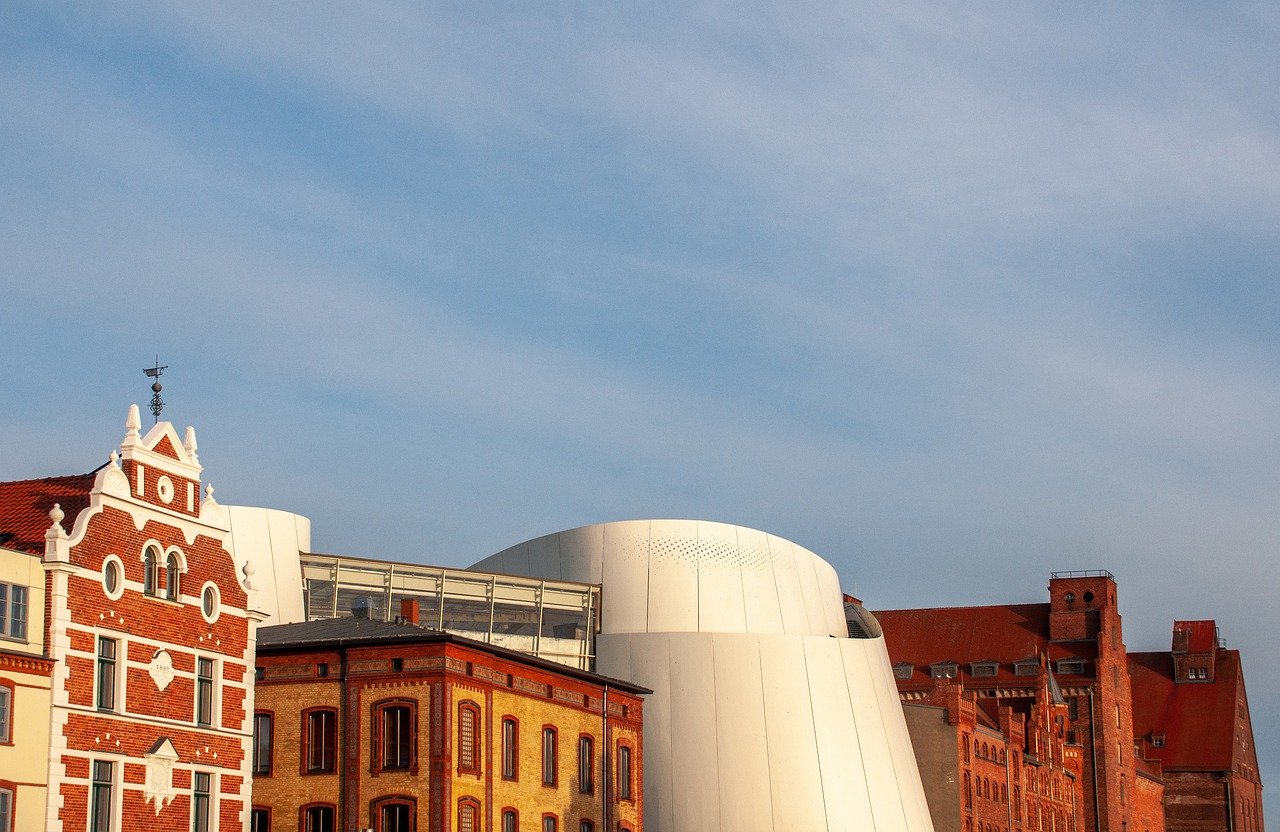
City Layout and Architecture
When we delve into the ancient city of Uruk, we are met with a fascinating tapestry of urban planning and architectural marvels that defined this early urban center in Mesopotamia. The layout of Uruk was a testament to the ingenuity of its inhabitants, with carefully planned streets and districts that reflected a well-organized society. The city's architecture, characterized by monumental buildings and temples, showcased the skill and craftsmanship of its builders, leaving a lasting legacy that influenced future city designs.
One of the most iconic structures in Uruk was the Ziggurat of Anu, a towering temple complex dedicated to the sky god Anu. This imposing edifice served as a focal point for religious ceremonies and rituals, symbolizing the spiritual beliefs of the people of Uruk. The architectural grandeur of the ziggurat, with its terraced levels and intricate carvings, exemplified the reverence and devotion of the city's inhabitants towards their gods.
Moreover, Uruk's economic prosperity was closely tied to its strategic location as a hub for trade and commerce. The city's bustling markets and trading posts bustled with activity, fueled by a sophisticated system of record-keeping facilitated by the development of writing. Through extensive trade networks, Uruk established connections with distant regions, facilitating the exchange of goods, ideas, and cultural influences.
As we explore the social hierarchy and governance of Uruk, we uncover a complex system of social classes and political structures that governed the city. From the ruling elite to the common laborers, each stratum of society played a crucial role in maintaining the stability and order of Uruk. Early forms of bureaucracy emerged to manage the affairs of the city, laying the foundation for organized governance and administration.
Within the rich tapestry of Uruk's cultural landscape, the figure of King Gilgamesh stands out as a legendary ruler whose exploits were immortalized in the Epic of Gilgamesh, one of the oldest known works of literature. Gilgamesh's reign symbolized the blend of history and myth that characterized the cultural achievements of Uruk, showcasing the city's prowess in storytelling, art, and music.
Despite its grandeur, Uruk eventually faced a decline as a major urban center, succumbing to various factors that led to its eventual abandonment. However, the legacy of Uruk endured through the ages, influencing subsequent civilizations and leaving an indelible mark on the development of urban centers and cultural achievements. The secrets of the lost city of Uruk continue to captivate us, offering a glimpse into the ancient past and the enduring legacy of one of the earliest known urban centers in human history.
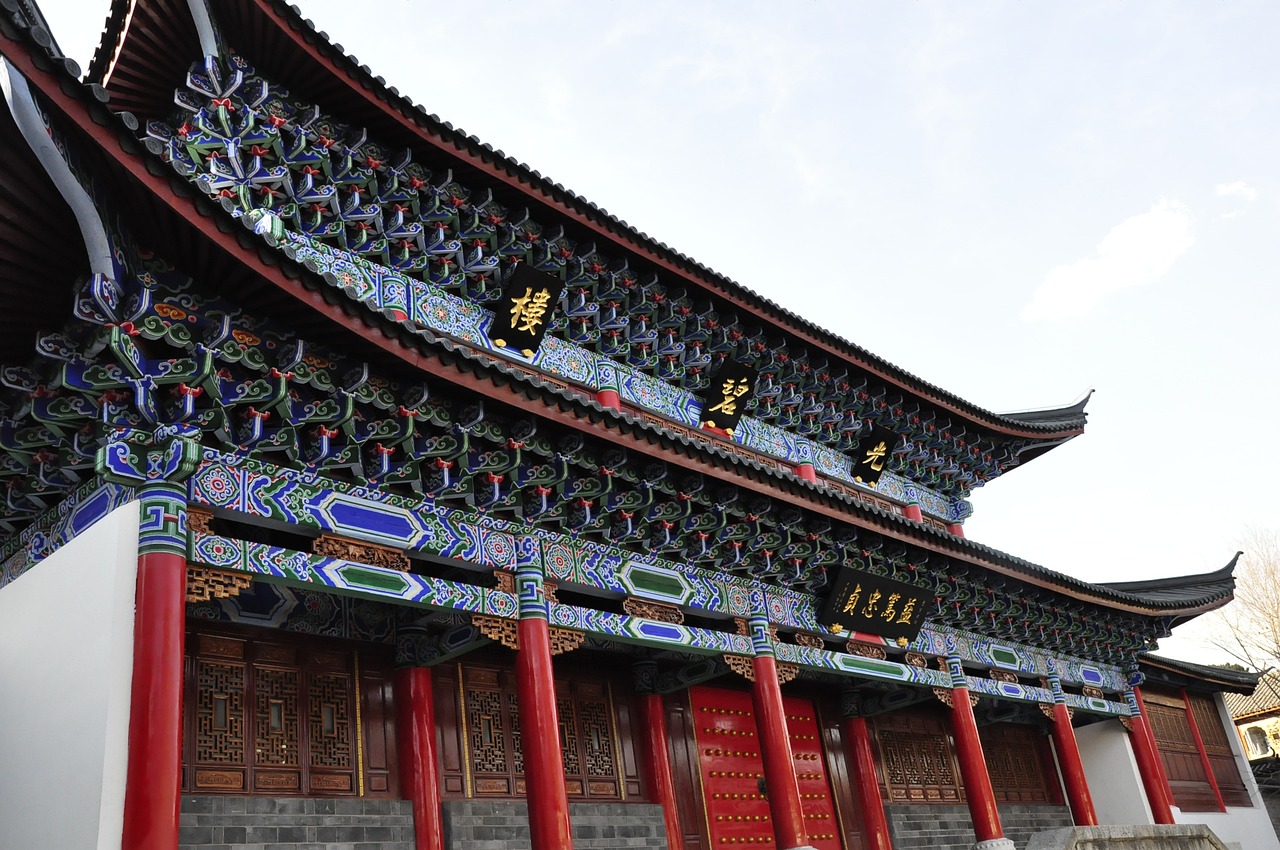
The Ziggurat of Anu
The Ziggurat of Anu stands as a testament to the religious fervor and architectural prowess of the ancient people of Uruk. This massive stepped pyramid, dedicated to the sky god Anu, looms over the city, its grandeur awe-inspiring even in ruins. Constructed with sun-baked bricks and adorned with intricate carvings and frescoes, the Ziggurat served as the focal point of religious ceremonies and rituals, symbolizing the connection between heaven and earth.
At the heart of the Ziggurat complex lies the sanctuary, a sacred space where priests performed rites to honor Anu. The structure's terraces, connected by a series of staircases, provided a physical pathway for worshipers to ascend towards the divine realm. The Ziggurat's height and prominence in the cityscape reflected the importance of Anu in the pantheon of Mesopotamian deities, emphasizing the spiritual significance of Uruk as a center of worship.
Archaeological excavations have revealed the meticulous planning and engineering skill required to construct such a monumental edifice. The Ziggurat of Anu not only served as a religious center but also as a symbol of the city's power and prestige. Its imposing presence dominated the skyline, a constant reminder of the divine protection and favor believed to safeguard Uruk and its inhabitants.
The Ziggurat of Anu, with its towering presence and intricate design, encapsulates the religious devotion and architectural ingenuity of the ancient Mesopotamians. Its significance extends beyond mere physical structure, embodying the spiritual beliefs and cultural identity of a civilization that thrived in the cradle of human history.
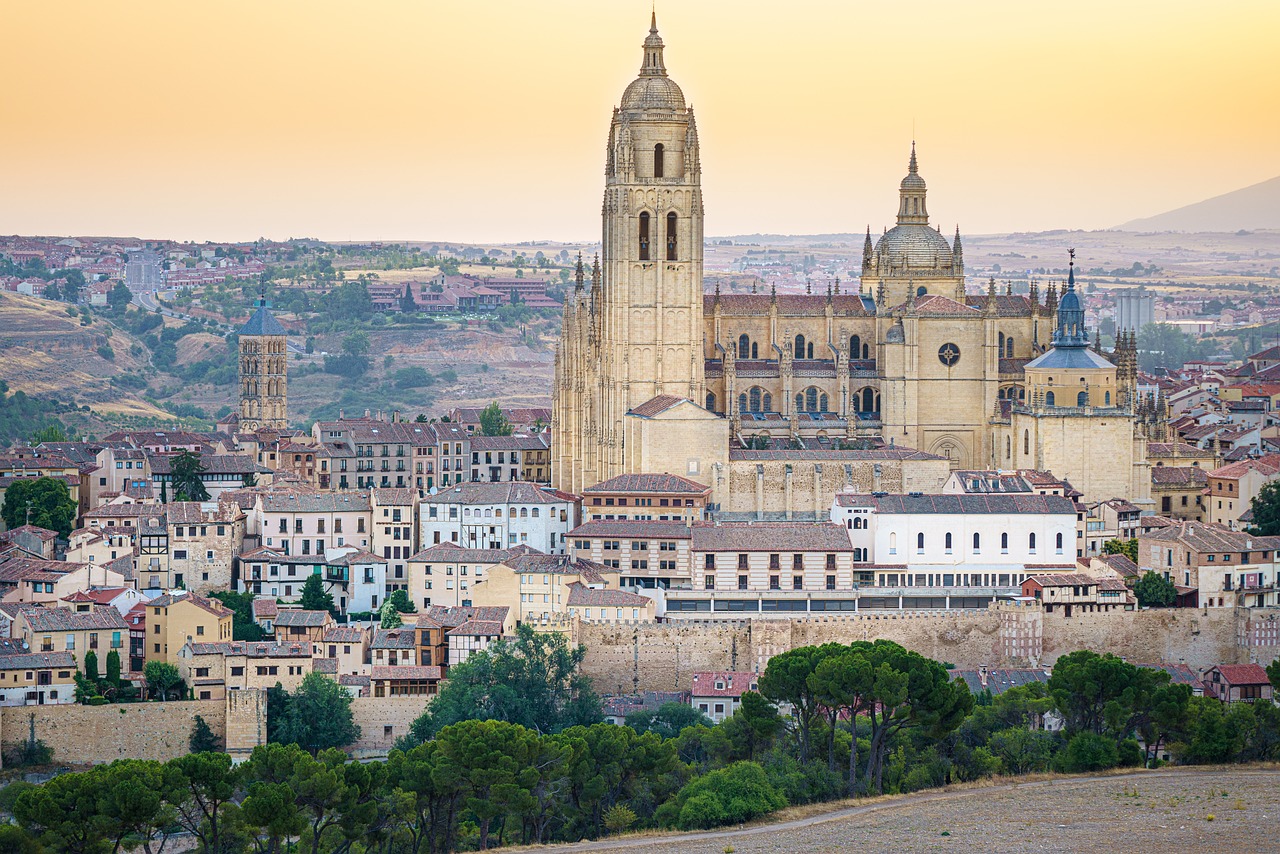
Economic Systems and Trade
Economic systems and trade played a pivotal role in the prosperity and development of the ancient city of Uruk. Situated at a strategic location along the Euphrates River, Uruk thrived as a bustling hub of commerce, facilitating the exchange of goods and ideas across vast distances. The city's economic success was closely tied to its sophisticated trade networks, which connected Uruk to distant regions such as the Indus Valley and Anatolia.
One of the key factors that contributed to Uruk's economic prowess was the development of writing for record-keeping purposes. The emergence of cuneiform writing enabled efficient documentation of commercial transactions, contracts, and administrative records, laying the foundation for organized trade practices. This innovation not only facilitated economic activities within the city but also strengthened Uruk's position as a prominent trading center in the ancient world.
The economy of Uruk was characterized by a complex system of barter and trade, where various commodities such as grains, textiles, metals, and luxury goods were exchanged through marketplaces and specialized trade routes. The city's central role in facilitating trade fostered cultural exchange and technological diffusion, leading to the enrichment of Uruk's society through the acquisition of diverse goods and ideas from distant lands.
Moreover, Uruk's economic prosperity was closely intertwined with its religious institutions, as temples and religious centers played a significant role in regulating trade activities and overseeing commercial transactions. The Ziggurat of Anu, a monumental temple complex dedicated to the sky god Anu, served as a focal point for economic exchange and religious ceremonies, symbolizing the close connection between spirituality and commerce in the ancient city.
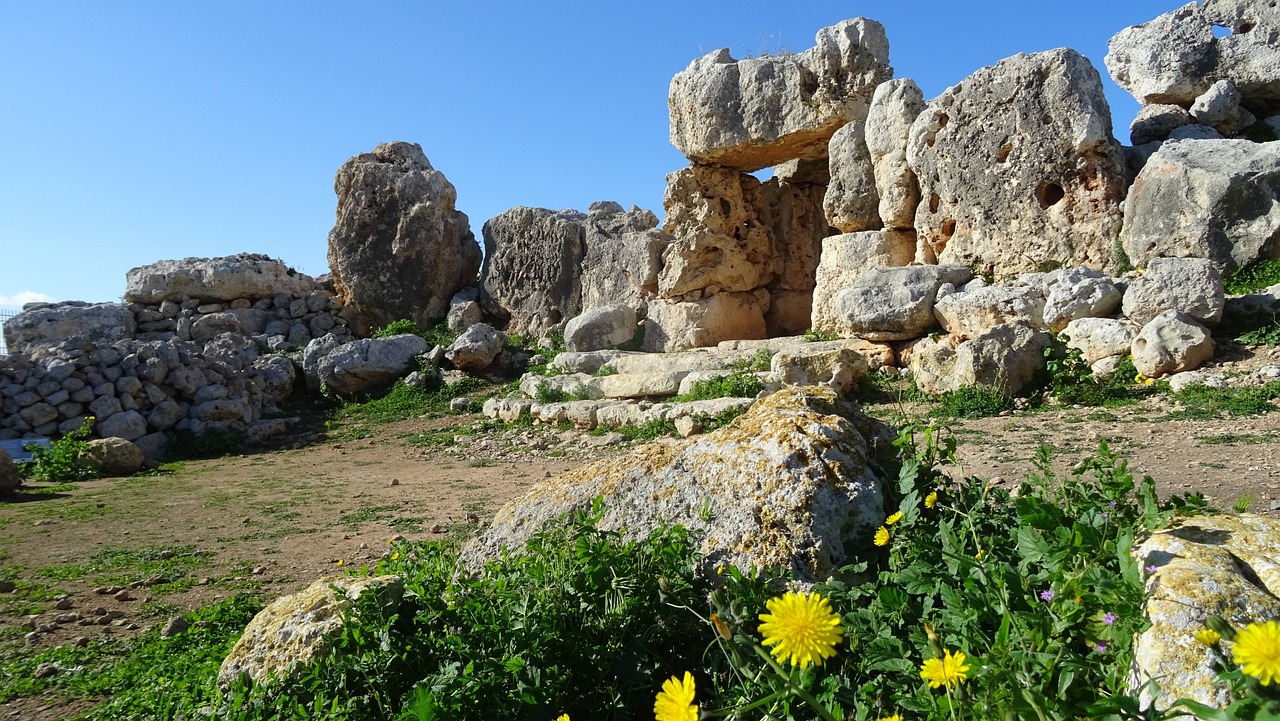
Social Hierarchy and Governance
Social Hierarchy and Governance in the ancient city of Uruk played a crucial role in shaping the structure of society and the mechanisms of power. At the top of the hierarchy were the elite ruling class, consisting of kings, priests, and high-ranking officials who controlled the political and religious affairs of the city. Their authority was reinforced by the belief in divine right, with kings often seen as intermediaries between the gods and the people.
Beneath the ruling class were the commoners and artisans, who formed the majority of the population and were essential for the functioning of the city. Commoners engaged in various occupations such as farming, craftsmanship, and trade, contributing to the economic prosperity of Uruk. Artisans, skilled in pottery, metalworking, and textile production, played a significant role in creating the material culture of the city.
Furthermore, Uruk's social hierarchy also included slaves and laborers who were at the bottom of the societal ladder. These individuals were often prisoners of war or individuals in debt bondage, working in fields, workshops, or construction projects under harsh conditions. The existence of slavery and servitude reflected the unequal distribution of power and resources within the city.
In terms of governance, Uruk developed early administrative systems to manage its growing population and complex urban environment. Bureaucratic structures emerged to oversee taxation, public works, and legal matters, with officials appointed to specific roles to ensure the smooth functioning of the city. The establishment of laws and regulations helped maintain order and resolve disputes among the inhabitants.
Moreover, the political landscape of Uruk was characterized by the centralization of power in the hands of the ruling elite, particularly the king, who wielded authority over military, judicial, and religious affairs. The king's decisions were influenced by advisors and council members, creating a system of governance that combined autocratic rule with elements of consultation and consensus-building.

The Enigmatic King Gilgamesh
King Gilgamesh, the legendary ruler of Uruk, has captured the imagination of scholars and storytellers for centuries. Known for his extraordinary strength and wisdom, Gilgamesh is a central figure in the ancient Mesopotamian epic that bears his name. As a historical king of Uruk, Gilgamesh's deeds and adventures have been immortalized in the Epic of Gilgamesh, one of the oldest known works of literature. This epic poem not only recounts his heroic exploits but also delves into profound themes of mortality, friendship, and the search for meaning in life.
Described as two-thirds god and one-third human, Gilgamesh embodies the complex nature of rulership and divinity in Mesopotamian society. His quest for immortality, as depicted in the epic, reflects the universal human desire to transcend the limitations of mortal existence. Gilgamesh's encounters with gods, demons, and other mythical beings showcase his courage, intelligence, and capacity for both greatness and folly. Through his journey, he grapples with questions of power, loss, and the inevitability of death.
The legacy of King Gilgamesh extends beyond the boundaries of Uruk, influencing later literary traditions and cultural expressions. His status as a cultural hero and a symbol of kingship reverberates through the annals of history, leaving a lasting imprint on the collective consciousness of humanity. The Epic of Gilgamesh serves not only as a testament to the achievements of ancient Mesopotamian civilization but also as a timeless exploration of the human condition and the eternal quest for meaning and purpose.
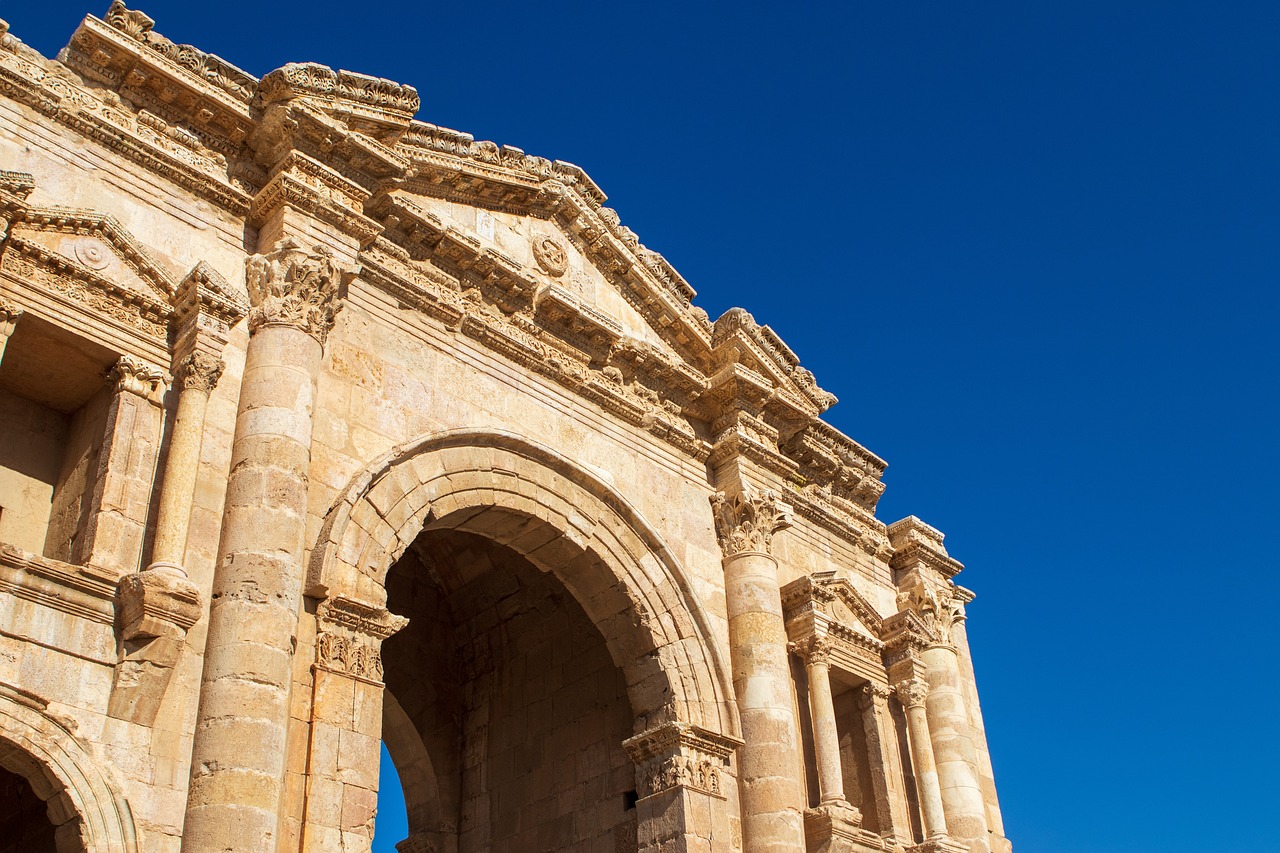
Artistic and Cultural Achievements
The ancient city of Uruk was not only a center of political and economic power but also a thriving hub of artistic and cultural innovation. The people of Uruk excelled in various forms of artistic expression, leaving behind a rich legacy that continues to fascinate historians and archaeologists to this day.
One of the most remarkable artistic achievements of Uruk was its intricate pottery and ceramics. Skilled artisans crafted pottery vessels with exquisite designs and intricate patterns, showcasing their mastery of the craft. These vessels were not only utilitarian but also served as artistic expressions, reflecting the aesthetic sensibilities of the people of Uruk.
In addition to pottery, the people of Uruk were also known for their advancements in sculpture and architecture. The city was adorned with magnificent statues and reliefs, depicting gods, mythical creatures, and legendary heroes. These sculptures not only served a decorative purpose but also carried religious and cultural significance, providing insights into the beliefs and values of the people of Uruk.
Uruk was also a center of literary and intellectual activity, with scholars and scribes producing a wealth of written works. The city's libraries housed a vast collection of clay tablets inscribed with cuneiform script, containing myths, legends, historical records, and administrative documents. Among these literary treasures was the Epic of Gilgamesh, an epic poem that remains one of the most enduring works of ancient literature.
Furthermore, music and dance were integral parts of the cultural life of Uruk. The city resonated with the sounds of musical instruments such as lyres, flutes, and drums, accompanying festive celebrations, religious rituals, and royal ceremonies. Dance performances were also a common form of artistic expression, with dancers adorned in elaborate costumes and jewelry, captivating audiences with their graceful movements.
Religious practices in Uruk were intertwined with artistic expressions, as temples and shrines were adorned with intricate carvings, paintings, and sculptures dedicated to the various deities worshipped by the people. These artistic representations not only served as offerings to the gods but also as a means of connecting the divine with the mortal realm.
In conclusion, the artistic and cultural achievements of Uruk stand as a testament to the creativity, ingenuity, and cultural sophistication of its inhabitants. Through their artistic endeavors, the people of Uruk not only enriched their own lives but also contributed to the broader tapestry of human civilization, leaving a lasting legacy that continues to inspire and awe us today.
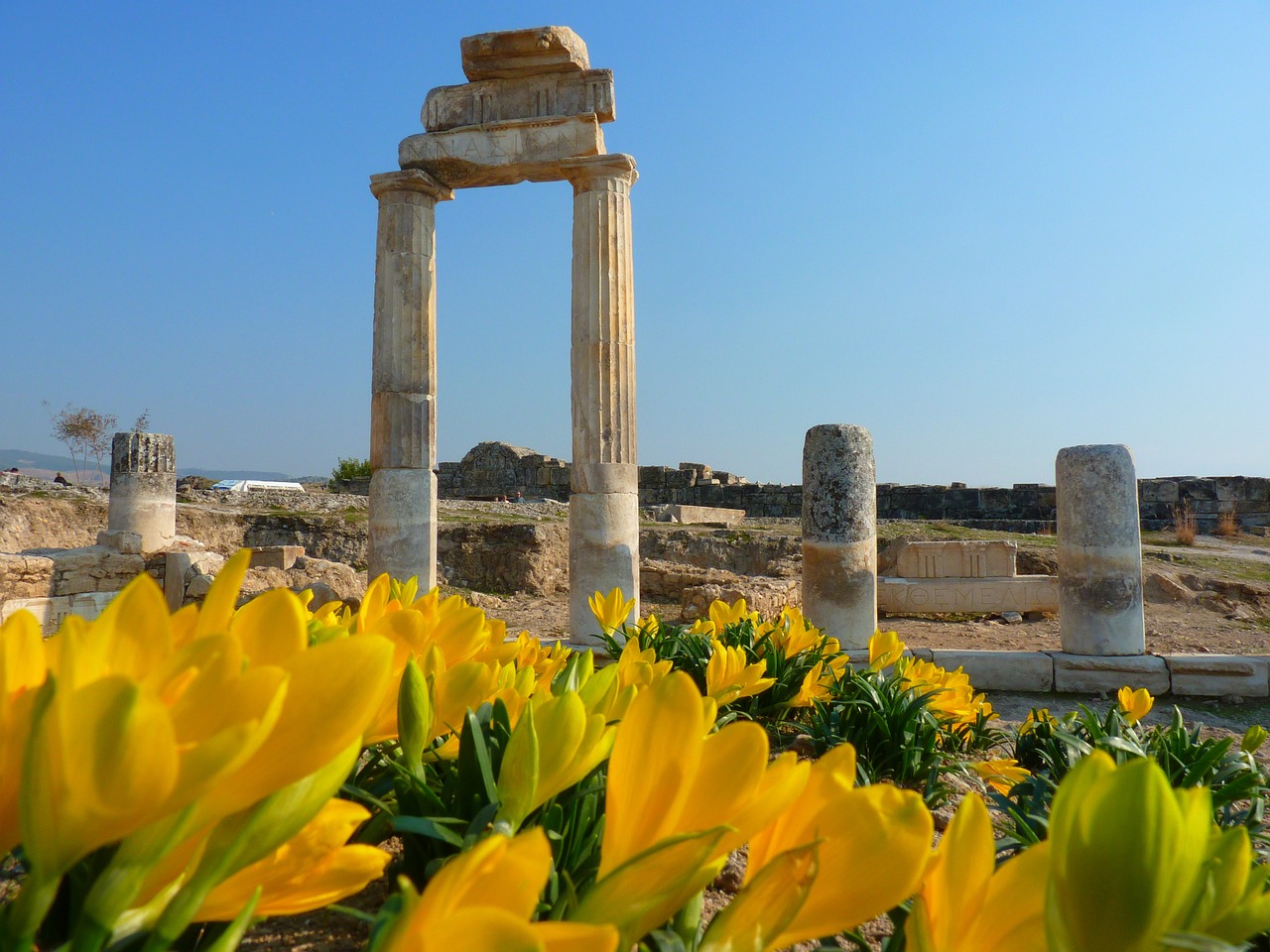
Decline and Legacy
As the centuries passed, the once-thriving city of Uruk began to experience a gradual decline in its prominence as a major urban center. Various factors contributed to this shift, including changes in trade routes, environmental challenges, and political instability. The once bustling streets and markets of Uruk slowly fell into disrepair, and the grandeur of its architectural wonders began to fade.
Despite its decline, the legacy of Uruk continued to exert a profound influence on subsequent civilizations in Mesopotamia and beyond. The innovations in urban planning, governance structures, and cultural achievements pioneered in Uruk served as a blueprint for future societies. The city's impact on the development of written language, trade networks, and religious practices reverberated throughout the ancient world.
As Uruk faded from its position as a dominant city, its legacy lived on in the memories of those who heard tales of its glory. The stories of the legendary King Gilgamesh, the monumental ziggurat of Anu, and the vibrant artistic and cultural scene of Uruk continued to inspire generations long after the city itself had crumbled into ruins.
The decline of Uruk marked the end of an era, but its legacy endured, leaving an indelible mark on the history of civilization. The lessons learned from the rise and fall of this ancient city served as a cautionary tale for future societies, reminding them of the fragility of even the most powerful empires.
Frequently Asked Questions
- What is the significance of the city of Uruk?
The city of Uruk holds immense historical significance as one of the earliest urban centers in Mesopotamia, playing a crucial role in the development of civilization.
- What kind of archaeological discoveries have been made in Uruk?
Archaeologists have unearthed artifacts, structures, and inscriptions that provide insights into the daily life, culture, and governance of the people of Uruk across different time periods.
- Can you explain the layout and architecture of Uruk?
The city was known for its urban planning, monumental buildings, temples, and defensive structures, which not only shaped its physical landscape but also influenced future city designs.
- Who was King Gilgamesh, and why is he significant?
King Gilgamesh was a historical ruler of Uruk who later became a legendary figure and the hero of the Epic of Gilgamesh, one of the oldest known works of literature.
- What led to the decline of Uruk as a major urban center?
Various factors contributed to the decline of Uruk, leading to its eventual downfall as a prominent city, despite its lasting impact on subsequent civilizations.
















